PPT-ADA Transition Plans: A Guide to Best Management Practices
Author : luanne-stotts | Published Date : 2018-07-02
Ken Woodruff FHWAIndiana Jay DuMontelle FHWAIndiana House Keeping Cell phones on vibrate Take Calls Outside the Room Sign In Sheet Rest Room Locations Introductions
Presentation Embed Code
Download Presentation
Download Presentation The PPT/PDF document "ADA Transition Plans: A Guide to Best Ma..." is the property of its rightful owner. Permission is granted to download and print the materials on this website for personal, non-commercial use only, and to display it on your personal computer provided you do not modify the materials and that you retain all copyright notices contained in the materials. By downloading content from our website, you accept the terms of this agreement.
ADA Transition Plans: A Guide to Best Management Practices: Transcript
Download Rules Of Document
"ADA Transition Plans: A Guide to Best Management Practices"The content belongs to its owner. You may download and print it for personal use, without modification, and keep all copyright notices. By downloading, you agree to these terms.
Related Documents

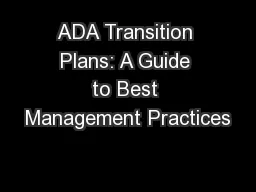
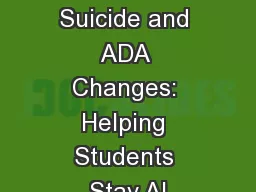
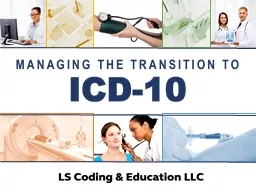

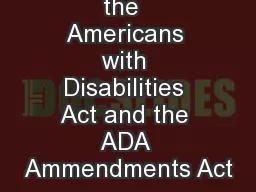
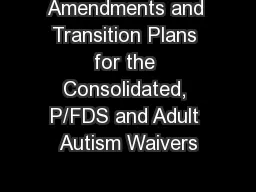
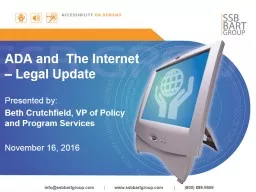
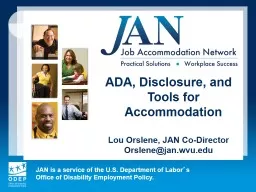
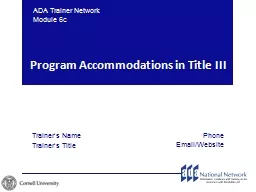

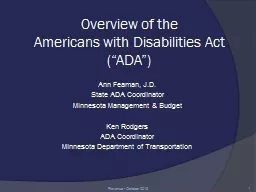
![[READING BOOK]-DOS: Programming Success in a Day: Beginners guide to fast, easy and efficient](https://thumbs.docslides.com/987031/reading-book-dos-programming-success-in-a-day-beginners-guide-to-fast-easy-and-efficient-learning-of-dos-programming-dos-ada-programming-dos-programming-ada-linux-rpg-ada-programming-android-java.jpg)

